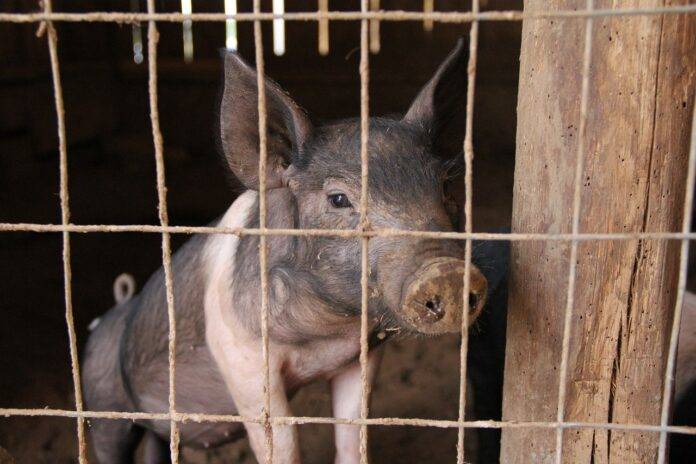The tragic death of a 75-year-old woman on Christmas Day in Pataskala, Ohio, has sparked an investigation into the circumstances surrounding her passing. Rebecca Westergaard was found dead outside her home on Mink Street, with signs pointing to a neighbor’s pig as the cause of her injuries. The Licking County Coroner’s Office determined that Westergaard succumbed to extensive blood loss as a result of the attack.
According to Ken Ford, an Agriculture and Natural Resources Educator at Ohio State University, pigs are naturally curious animals and may have approached Westergaard in a playful manner, mistaking her for someone who could provide food or attention. While pigs do not typically hunt humans, they can cause harm under certain conditions, especially if they perceive a human as a source of food.
Pataskala Police Chief Bruce Brooks confirmed that there were no prior complaints about the pig involved in the incident. The owners of the pig were instructed to quarantine their animals while the investigation unfolds. The Licking County Prosecutor’s office is considering potential charges against the pig’s owner, although the complex nature of Ohio’s laws regarding animal attacks, particularly those involving large livestock, presents challenges in pursuing legal action.
Deputy Coroner and Chief Forensic Pathologist Dr. C. Jeff Lee clarified that Westergaard’s injuries were primarily superficial, resulting in bleeding rather than partial consumption by the pig. Despite initial reports suggesting otherwise, there was no indication that the pig continued to attack Westergaard after she collapsed. The investigation is ongoing, with toxicology results pending to provide further insights into the case.
Dr. Lee expressed surprise at the rare occurrence of a pig being the aggressor in a fatal attack, noting that such incidents are uncommon. While cases involving animal attacks are not unheard of, pigs are not typically associated with such behavior, making this incident particularly unusual.
The tragic event has raised questions about animal safety and responsibility in rural communities, prompting a closer examination of laws and regulations governing livestock ownership and care. As authorities navigate the legal implications of the incident, the community mourns the loss of Westergaard and seeks to prevent similar tragedies in the future.
In conclusion, the unexpected and tragic death of Rebecca Westergaard serves as a somber reminder of the potential risks associated with interactions between humans and animals, even in domestic settings. As authorities continue to investigate the circumstances surrounding the incident, the community reflects on the importance of responsible animal ownership and safety measures to prevent similar tragedies from occurring.



